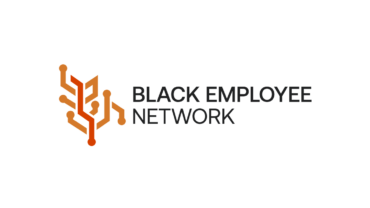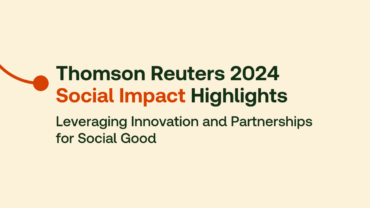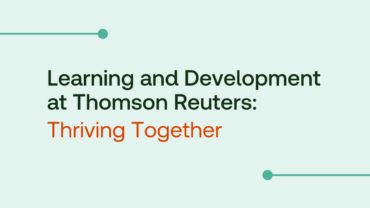Jul 26, 2022 | Our Purpose
How technology is being used to combat human trafficking

Heather Fischer, Senior Advisor for Human Rights Crimes, Thomson Reuters Special Services
When Russia invaded Ukraine, over five million Ukrainians were displaced and fled the war to neighboring states. Many of these people are women, children, and the elderly.
History teaches us that war, unfortunately, creates the ideal conditions for trafficking in human beings. Traffickers prey upon these vulnerabilities, exploiting one’s circumstances during a crisis through force, fraud, or coercion for the purpose of sexual exploitation. Human trafficking is perhaps one of the most pressing human rights issues of our time — and the war in Ukraine puts this issue front and center.
Many of the traffickers are part of well-organized, transnational organized crime syndicates who, in addition to human trafficking, often commit other criminal activities such as drugs and weapons trafficking.
At Thomson Reuters, we are determined to leverage our data, technologies, and subject matter expertise to support law enforcement and government agencies in their mission to identify individuals involved in human trafficking and seek justice for survivors through prosecution.
In response to the war in Ukraine, Thomson Reuters partnered with the Organization for Security and Co-operation in Europe (OSCE) to investigate and provide a data snapshot on the demand for Ukrainian women and girls for sexual exploitation. The OSCE is one of the world’s largest national security intergovernmental organizations with a mandate to combat human trafficking.
Thomson Reuters has conducted real-time, in-depth data analysis of internet patterns to examine whether there was a demand for Ukrainian women for sexual exploitation, including human trafficking. We also explored whether online demand was playing a role in furthering this risk. Our analysis found clear signals that human traffickers are preying on Ukrainians escaping the war and that the demand for online sexual services is fueling the criminal profitability of exploitation.
There were increases of up to 300% in global online interest in a range of sexually derogatory search terms related to Ukrainian women. This pattern is consistent across Europe. Social media is the primary means that traffickers use to lure, groom, and advertise their victims.
The OSCE also receives on-the-ground reports of sexual exploitation of Ukrainians from their government representatives, law enforcement, and non-governmental organizations (NGO) partners. Together, we were able to extrapolate our joint findings to form a bigger, more complete picture of what is currently taking place.
The results are an astounding call to action.
I am proud to report that Thomson Reuters answered that call. As a result of our public-private partnership, the OSCE and Thomson Reuters have launched a global human trafficking awareness campaign to warn Ukrainian people on the move of the risks they face from traffickers and sharing resources to help them stay safe.
Through the “Be Safe” campaign, we are mobilizing a global community and several governments have already pledged their support for the campaign, as have government agencies, human trafficking experts, and NGOs from across the region.
Now, we are asking you to join in the efforts. Help us warn these women and children who are at risk.
Our ask is simple: add your voice to our unified efforts. Amplify the campaign through your social media channels. Consider sharing the campaign with your customers, suppliers, friends, and family.
Together, we can make a collective and ongoing impact to stop human trafficking.


